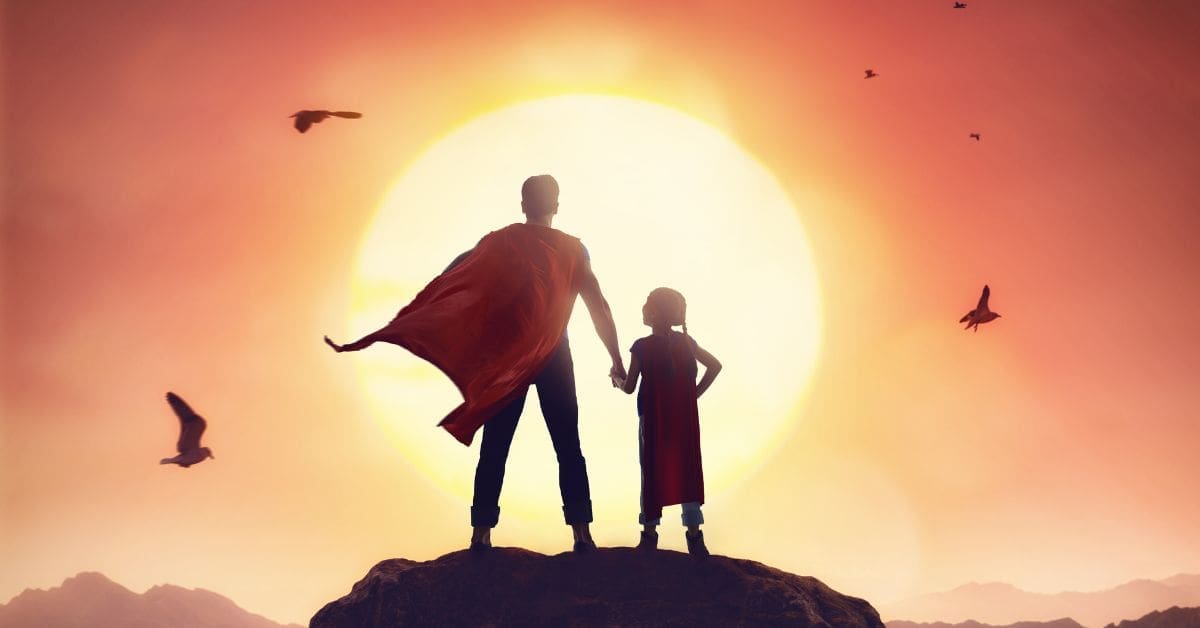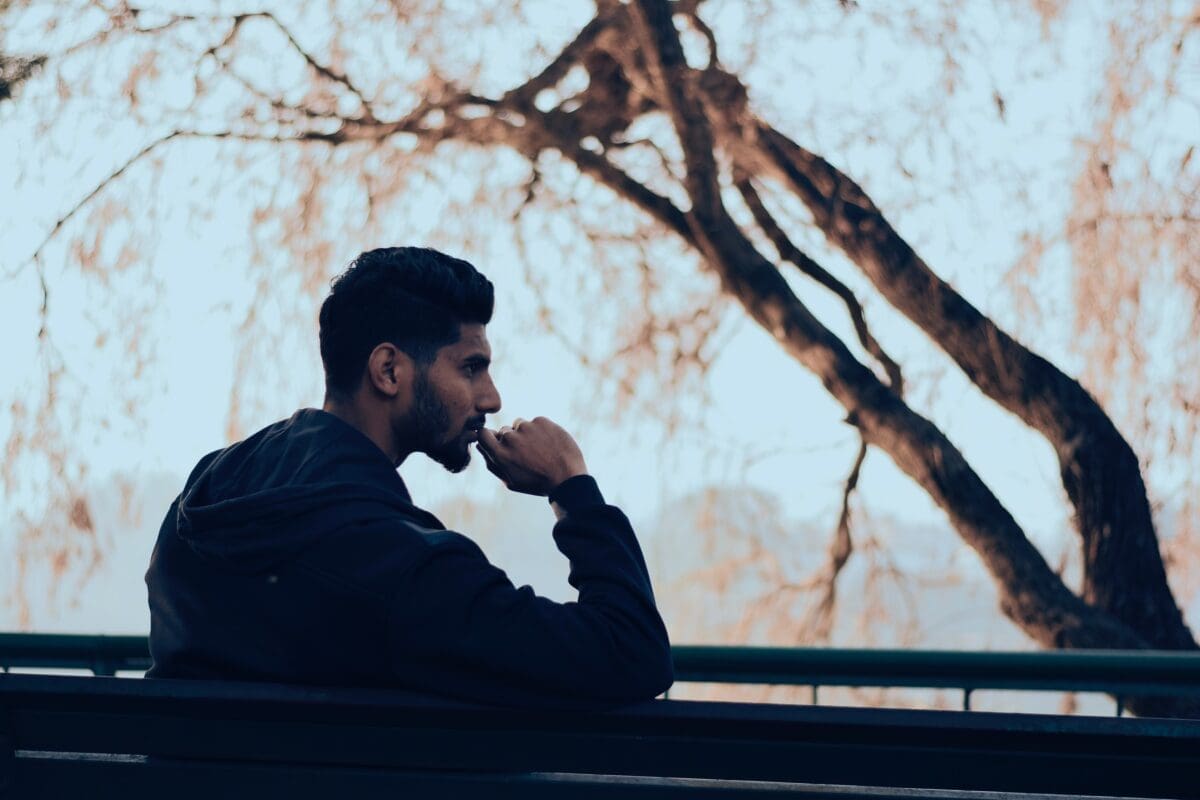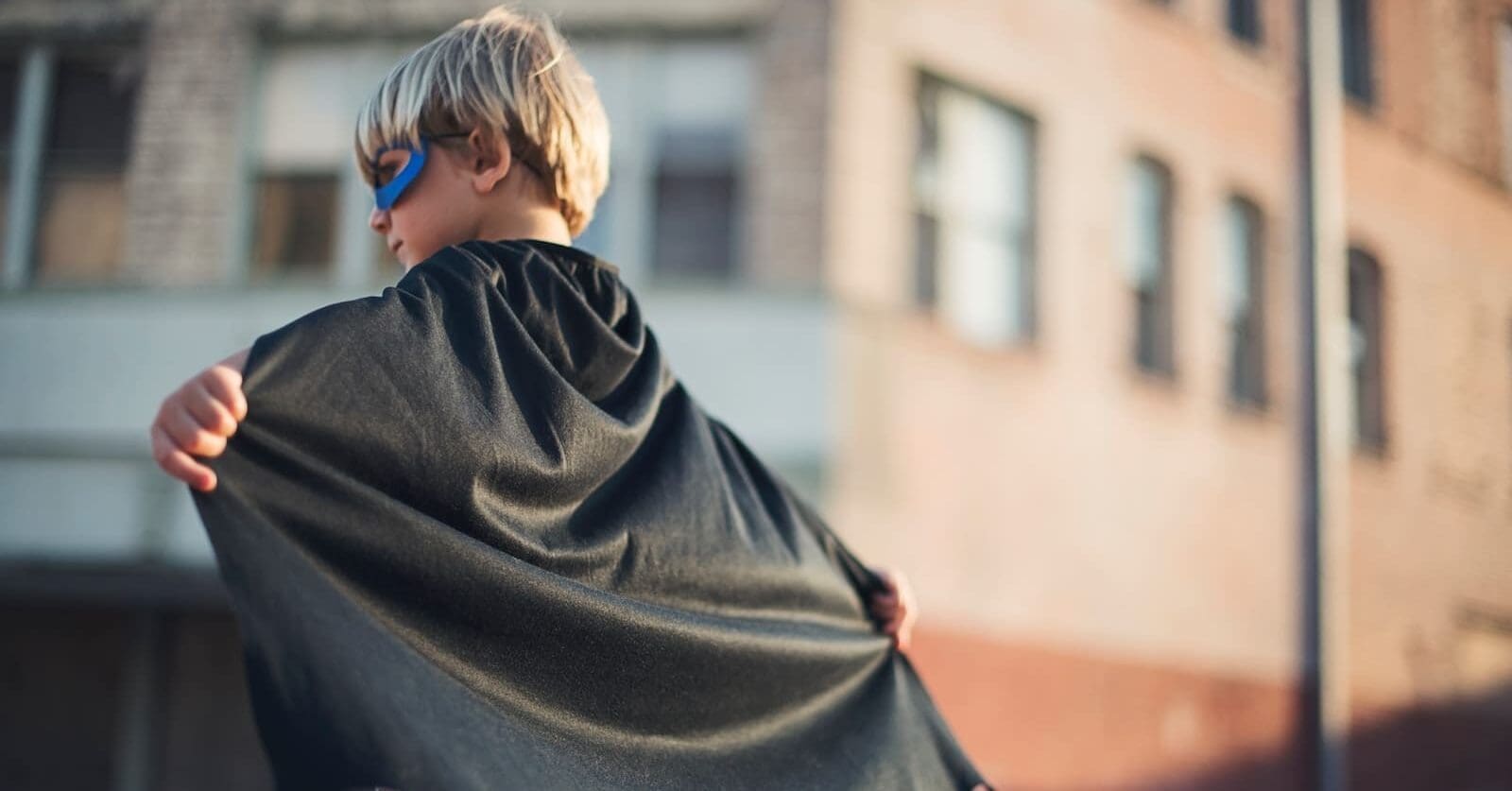Any brand’s archetype is the persona that directs how it communicates with the outside world. The archetype not only symbolises a brand’s distinct personality but also where that brand has come from and where it is headed. According to Swiss psychiatrist Carl Jung, brands like humans draw an emotional connection to the audience they are reaching to. The subconscious mind, as a result, greatly shapes how a customer perceives a brand, in a much more intuitive way, at an emotional level.
This article is the next in the series of our brand archetypes and is dedicated to the ‘Hero Archetype’. The hero archetype is one of the most powerful concepts in all of marketing and sales. It is used by several successful brands on the planet, from Nike to FedEx. The reason why it works so well is that it taps into something deep within us all: our desire to be heroes.
To know more about brand archetypes, read our post on Brand Archetypes – What they are and How are they Useful.
Meet the Hero Archetype

Who comes to your mind when you think of the word – Hero?
Perhaps someone who can save us from danger or defeat evil forces that threaten our very existence. We want someone who will carry us through darkness into light – a positive personality who will be there when needed. Think of the emotional connection you build with the journeys of our heroes like Harry Potter and Luke Skywalker.
Just like a real-life or cinematic hero, an inspiring brand voice can be represented by a hero archetype. Such a brand gives belief to its users that one can rise above all challenges to change the status quo.
In branding, the hero archetype frequently exhibits the following characteristics:
- Physical or supernatural strength.
- Mental, emotional, and physical fortitude.
- Persistence
- Courage
- A strong sense of what is and isn’t right.
- Dedication to a cause or a set of principles.
- A desire to stand up for the voiceless or defend the helpless
That is only the good news, though. Your hero could also fail in a few crucial ways. It can be idealism and fanaticism for some, while others may have a propensity for being very focused to the point of carelessness. The most common personality defects of heroes throughout history have been arrogance and recklessness.
Strength
The hero brand archetype is endowed with assurance, skill, and bravery. When faced with a task, they are willing and prepared to overcome it rather than ignoring it or dismissing it as being too difficult. They are adept at establishing priorities, and rules, and starting the process of creating changes—for both themselves and other people.
Watchouts
The hero needs to be conscious of inclinations toward conceit and the emergence of a desire to constantly be engaged in conflict with an enemy. They tend to consider quitting a conflict as a sign of weakness.
How to apply the Hero Brand Archetype

If you are a business owner considering the Hero branding, let us understand how the different elements will stack up.
Brand Message
Words such as ambition, power, and persistence pop up into mind when discussing the hero archetype. In contrast to other archetypes, the hero is seen as inspiring and stands for achieving change through sacrifice, no matter how significant that sacrifice may be. This, therefore, requires a carefully designed brand message and a deep understanding of your target audience.
Colours
Branding with a hero archetype tends to value ambition, confidence and a desire to form a strong connection with the audience, as their core values. To present these emotions, the colour palette that a hero archetype typically uses includes orange, yellow and black/dark grey colours.
The colour orange is a manifestation of friendliness, boldness, confidence, success, courage, fascination, and enthusiasm. The yellow colour represents happiness, optimism, clarity, competence, brightness, sunny, energy, and enlightenment. The black/ dark grey combination represents formal, security, intelligence, solid, power, mystery, dominance, authority, and sophistication.
Brand Voice
The emphasis of the hero brand archetype brand voice is on demonstrating ‘your worth’. Be a hero to your consumer by making clear appeals to them to “answer the call” while presenting yourself as their coach and casting them as the protagonist of the tale. A great way to utilise the hero brand voice is to evoke a competitive spirit.
Another one is to emphasise the survivor’s fortitude. The target audience’s resilience and strength are unquestionably important to the hero brand concept.
Marketing Strategy
Bold language and striking pictures are frequently used in the marketing of hero brands to deliver powerful messages. Since the aim of such a brand is to push and motivate individuals to work hard to reach their goals, the hero archetype would dress professionally and remain super-active as a person to stand out from the crowd.
In the hero’s marketing initiatives, vibrant and powerful communication is commonly featured. Videos or pictures of heroes in action may end with a challenge to the spectator to aim for the same degree of success. Think Gatorade!
Industries and Categories associated with the Hero Archetype
While hero branding applies to a broad range of industries, there are some that are more inclined towards a hero archetype than others. These are:
- Sportswear
- Outdoor Activity
- Equipment
Athletes, public figures, and members of the armed forces are frequently manifestations of the hero archetype. Athletes often embody the hero archetype because they have dedicated their entire life to becoming masters in their crafts. There is a similar communication associated with the armed forces.
It is usually seen in Hero organisations that, at their foundation, they have great social commitments, serve people, and offer advice on how to build fortitude and discipline.
The Hero Brand Archetype Manifestation: An Indian Case study

MRF Tyres
Founded in 1946, MRF tyres is majorly an India – based tyre manufacturing company. The brand is an exemplar of the hero archetype which is personified in the imagery, colour scheme and marketing strategy that it uses.
The MRF’s brand image is built around the idea of being a ‘race tyre’ for everyday use. It has been able to do this by creating a strong brand identity that unifies all three dimensions: product, people, and place.
Imagery and colours
The man in the MRF logo is called “The Muscle Man” who is holding a tyre up in his arms, symbolising strength, durability, and safety. Besides this, the company uses a combination of red/orange and black colours and has relied on famous sportsmen as its brand ambassadors to give out that hero vibe to its customers.
Brand Message
The brand produced the slogan of ‘Tyres we race, are the tyres you buy’, to communicate to its customer its superior endurance and strength.
The brand has benefited greatly from its introduction of environmentally friendly tyres, many tyre varieties, and the usage of its tyres on Indian fighter planes.
Marketing Technique
The marketing plan employed by MRF is clever. They support the idea of trustworthiness and value-based marketing. Successful athletes like Virat Kohli (current brand ambassador), A.B. De Villiers, Shikhar Dhawan, Narain Karthikeyan, and Chetan Korada have served as MRF’s brand ambassadors over the years. This demonstrates that MRF employs brand ambassadors who are loyal to and trust the company, reflecting those qualities back to the company.
The company also sponsors a few sports such as cricket and rally racing, to position its tyres as endurable and heroic – a symbol of optimism and success.
Is your Brand a Hero Archetype?

The Hero archetype is characterised by the valiant triumph over hardship. The Hero archetype exhibits enormous determination to attain a goal, with a “never give up” attitude, finding great satisfaction, joy, and purpose in it.
If you are wondering whether your brand fits the hero archetype or not, the below-given questions might help gain further clarity:
· As a brand, are you unique?
No one has the same personality, interests, and values as you do. You are not just another person; you are uniquely you! If yes, a hero brand archetype may be right for you.
· Do you have a compelling story to tell?
Your story is who you are; it’s what makes you different from everyone else. It inspires others to become the best versions of themselves. You are a hero brand if your communication enables your consumers to connect at a deeper level and achieve more.
· Are you solving a significant problem?
If your product will help people perform at their peak, or if your invention or idea will have a significant impact on the world, the hero brand archetype is a suitable fit. The hero brand archetype is a logical fit if you are tackling a significant societal issue and asking others to stand up to the plate to assist address it. Whether you are positioned as the underdog or not in the marketing narrative, the hero brand archetype works well if you have a product or service that does what the hero does – solve problems for others.
Do not worry if this does not fit well. Based on Carl Jung’s framework, we have 11 more archetypes to determine where your brand belongs. You might be surprised to learn which archetype your brand most closely resembles. Read on to know more.




